|
|
||||||||||||||||
Symposium Ⅴ
“One World, One Health – What is Happening in Polar Areas?”
Date: Sun.20th July 10:00 ~ 13:00
Venue: Kitano Meeting Room
Organiser: The Japanese Society of Zoo and Wildlife Medicine, Japan Bear Network
Purpose: Environmental change has a big impact on much of our wildlife world-wide. Global warming has already caused dramatic change to the polar environments, and the wildlife has suffered, including polar bears. We will be sharing information about what is happening at these distant sites, and consider how to secure our future.
Chairperson’s Message
Toshio TSUBOTA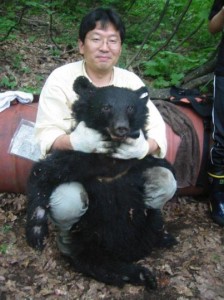
![]()
Professor, Graduate School of Veterinary Medicine, Hokkaido University
This symposium gives us a chance to share information on the ecology and recent status of the polar bear, as representative of the wildlife in the polar ecosystem, and on the polar ecosystem crisis caused by environmental change including global warming. The evidence for environmental change on a global level has become apparent in every area, but the change within polar areas is considered to be especially magnified. Every year the sea ice is decreasing, a phenomenon that is impacting the survival of marine mammals inhabiting the area. This is especially true for the polar bear, a top-predator in the ecosystem, an animal which is now suffering a serious impact.
In this symposium, first, Dr. Andrew E. Derocher, a professor from the University of Alberta, will present. He has been working on polar bears for over 30 years and will talk about their ecology, recent status, and surrounding environment. Second, Mr. Hidehiro Otake, a photographer who has taken a great many photos of wildlife in northern areas (including the Northwoods of North America) will give us a talk. He will provide his insights into nature from the viewpoint of a photographer and show a great many attractive images of polar bears and other wildlife. Finally, a further 2 presenters, Dr. Daisuke Fukui and Dr. Koji Yamazaki will join us for a panel discussion. They represent the Japanese Society of Zoo and Wildlife Medicine and Japan Bear Network respectively. The discussion will be coordinated by Dr. Toshio Tsubota and we would like to discuss in depth the biological characteristics of polar bears, their unique and interesting ecology and physiology, the difference and similarity with other bear species, and the recent environmental changes they face. Moreover, we would like to share information and talk with all the attendees about the challenges ahead, the polar ecosystem crisis (including polar bears), and the prospect of finding solutions to the problems and thereby secure a future for these bears.
Losing an Arctic icon: Polar bears and disappearing sea ice
Andrew E. Derocher, Ph.D.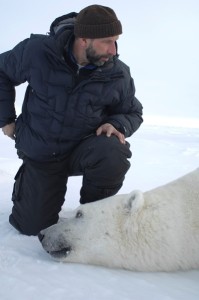
![]()
Professor, University of Alberta
The sea ice of the circumpolar Arctic is one of the last truly wild parts of the world but global warming has resulted in major ecosystem change with even greater change to come. The defining feature of Arctic marine ecosystems is sea ice and the most productive habitats occur over continental shelves where the sea ice persists for only part of the year. A cycle of annual productivity results in a pulse of productivity in the spring and summer as the ice recedes. Many species in the Arctic exploit this massive pulse of available energy and convert it to fat stores used to survive through the rest of the year. At the top of the food web, polar bears rely on the presence of sea ice as a platform to travel, hunt, mate, and in some areas, to rear cubs.
It is best to think of polar bears as a marine mammal because all of their life history is tied to sea ice. In the 4-6 million year since they separated from their brown bear ancestor, polar bears have adapted to the Arctic: their fur matches their wintery world, their skulls narrowed and lengthened, their molars became more carnivorous, claws became sharper, shorter and predatory, and the bears, except pregnant females, no longer hibernate in dens.
Sea ice is an ephemeral habitat and is as vital to the Arctic marine ecosystem as soil is to a forest. Just as giant pandas need bamboo, the polar bear needs seals. Most polar bears make a living from 2 species of seals that are only found where sea ice exists. No sea ice, no ice seals. No ice seals, no polar bears. Projected trends in sea ice loss may eliminate 2/3 of the world’s polar bears by mid-century. If any species can motivate humans to reduce greenhouse gas production, it might be polar bears. Future generations will judge us harshly if we fail to protect them.
 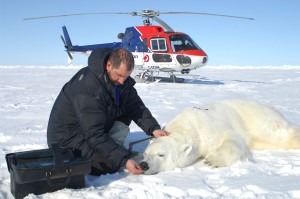 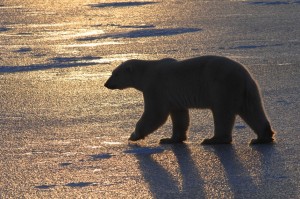 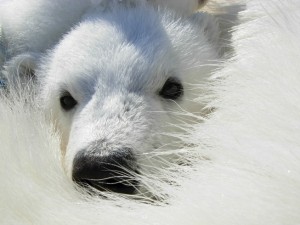 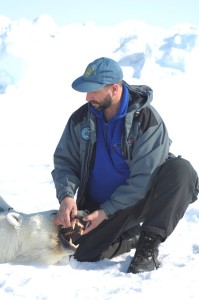   |
Journey to the Northwoods in search of wildlife
Hidehiro OTAKE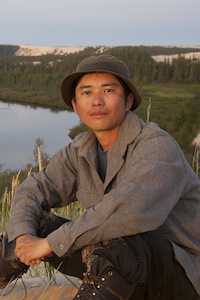
![]()
Photographer, Freelance
In the North American continent, at the northern latitude between 45 and 60 degrees, there is a vast forested area called “the Northwoods”. Its size is 4 times as large as the area of Japan. This relatively flat terrain is called the Canadian shield, formed over a billion years ago and stretches as far as the eye can see. Temperatures below -30C are not uncommon during winters which may last for almost half a year. The forest type is classified as boreal, mostly consisting of coniferous trees such as black spruce and jack pine, though deciduous trees such as birch and aspen are also found within. This area, sometimes referred to as lake-country consists of countless lakes and marshes left by the last glaciers which retreated about 10 thousand years ago.
We should appreciate this as one of the largest undisturbed forests remaining on earth. Known to mankind for its unforgiving environs of many impenetrable swamps and extreme cold weather. This area is a home to diverse wildlife such as timber wolf, black bear, moose, woodland caribou, wood bison, lynx, and beaver. Thousands of lakes and marshes provide nesting areas for North American waterfowl such as loons, geese, trumpeter swans and the endangered whooping cranes. Even the polar bear, in the northern edge of the Northwoods, uses a peat layer under the south shore of Hudson Bay for their precious denning sites. These wildlife species are well adapted to this northern environment and have survived for many generations helping to balance this fragile ecosystem. Their habitat range is easily threatened by climate change, clear-cuts, mining, dam construction and other development caused by human activity.
I have traveled the Northwoods as a photographer in search of wildlife for over 14 years. In this presentation, I will share my photographs with you and tell you stories about the wildlife I have encountered. I believe it is very important in today’s modern society, with the continued spread of environmental issues all over the world, to take the time to think about nature far away from our home. I hope that through my photos you will feel the presence of the wildlife living in their wilderness home as I have.
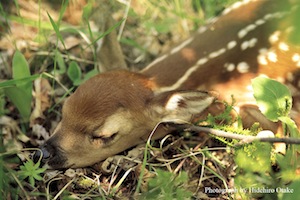 |
< img class=”alignnone size-full wp-image-22925 no-caption-border” src=”https://knots.or.jp/wp-content/images/2012/12/otake_02.jpg” alt=”otake_02″ width=”300″ height=”200″ /> |
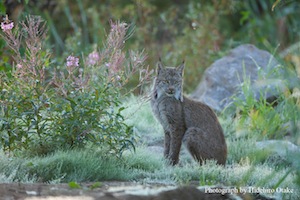 |
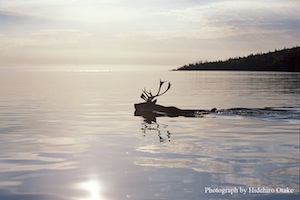 |
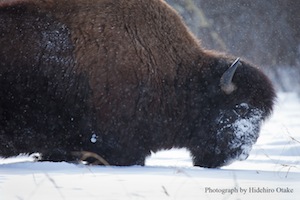 |
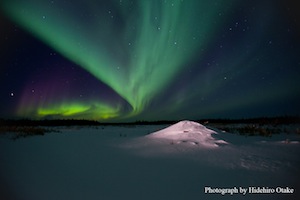 |

